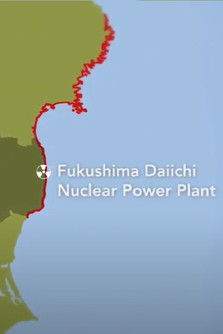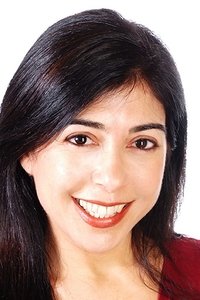Living in Fukushima: Stories of Decontamination and Reconstruction
Genres
Documentary
OverView
In the aftermath of the 3.11 Fukushima Daiichi Nuclear Power Plant accident, the Japanese government began implementing a large-scale decontamination effort to clean up the radioactive materials. A mother, a farmer, a community leader, an evacuee - hear how the clean-up effort has been carried out around their lives and what their hopes are for the reconstruction of Fukushima.
Others
Budget
$--
Revenue
$--
Status
Released
Original Language
English
Runtime
40 mins
Rating
0/10
Release Date
30 October 2013
Country
Japan

